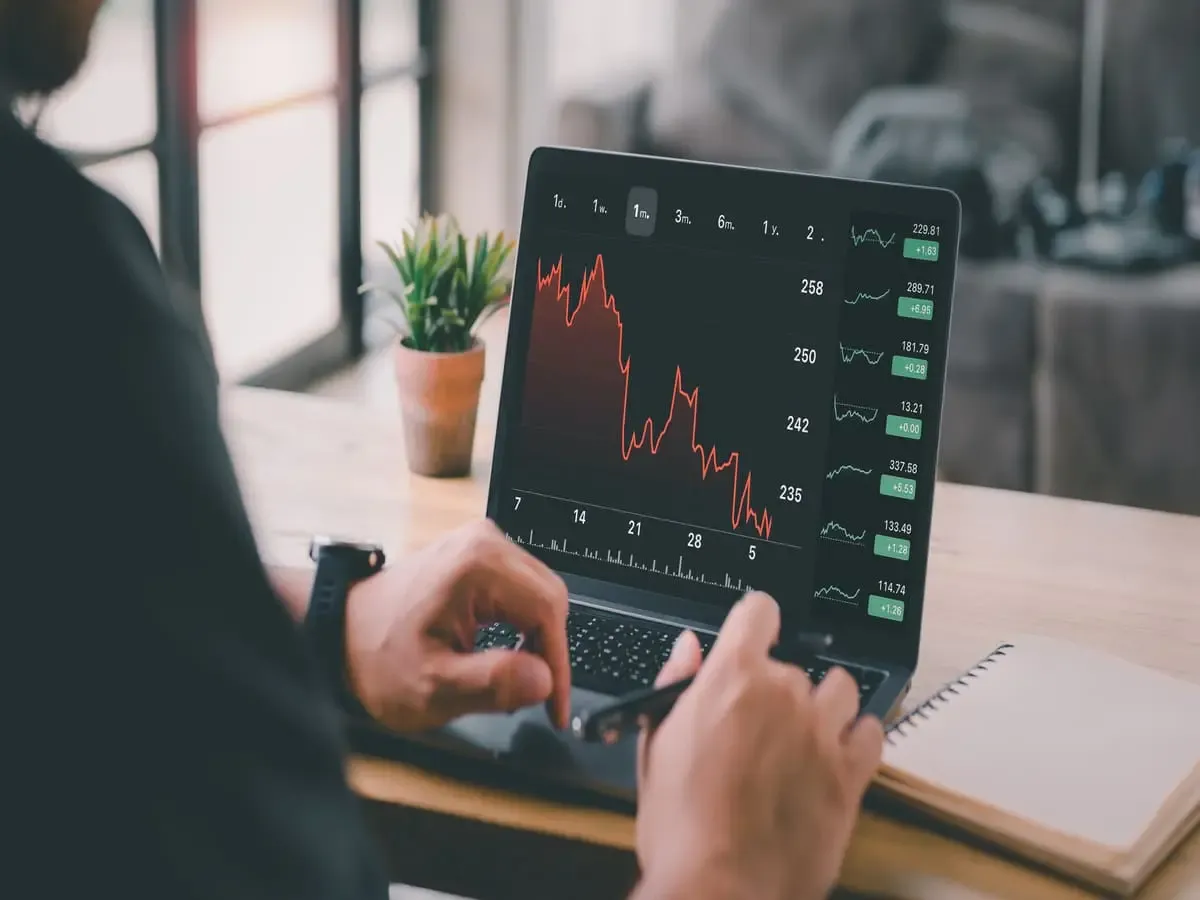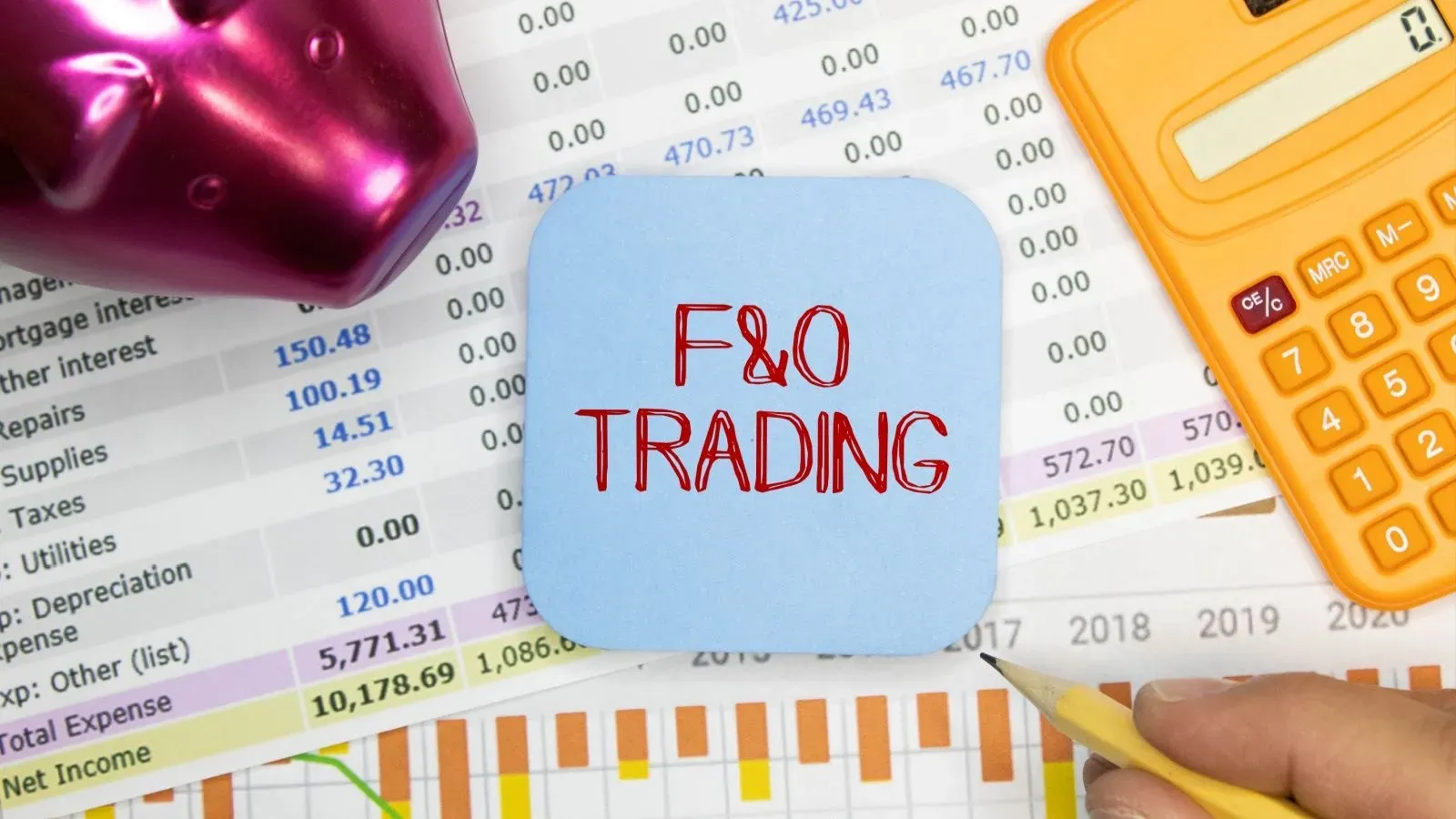What are derivatives and how can companies use them to hedge risks?
Written by Upstox Desk
Published on July 31, 2025 | 5 min read

Summary:
In the face of global challenges like trade wars, climate change, and geopolitical shifts, companies face unpredictable risks. Derivatives offer a solution by helping businesses counteract interest rates, foreign exchange rates, and commodity price fluctuations. In this article, we will explore what derivatives are, their different types, and how they can help companies manage their exposure to various market risks.
The war between Russia and Ukraine has deeply affected the world's economy. Because of this, energy prices have shot up. This rise in prices is making everything more expensive, making it more costly to run a business. Although companies cannot control these global crises, they can shield themselves from many unpredictable risks using derivatives. Derivatives are financial tools that allow businesses to set fixed prices, protect against currency fluctuations, and guard against interest rate changes. In this article, we'll take a closer look at how companies can use them to manage risk.
Before we get started, let's quickly recap some of the key concepts.
What are derivatives?
Derivatives are financial contracts. Their worth is tied to the value of another asset, known as the underlying asset. This could be a stock, a currency, or even commodities like oil or coffee.
Types of derivatives
There are four main types of derivatives: forwards, futures, options, and swaps. Each type of derivative has its unique characteristics and risks. Let's go through them one by one:
- Futures: These are agreements to buy or sell an asset at a specific price on a set date. For example, you might agree today to buy 100 kg of coffee beans at a set price three months from now.
- Options: These give you the right, but not the obligation, to buy or sell an asset at a certain price before a specific date. For instance, you might have the option to buy a stock at a set price within the next month. If the stock's price goes up, you can use your option to buy it cheaper. If it goes down, you can just let the option expire.
- Swaps: These involve exchanging one set of financial terms for another. A common example is the interest rate swap. Let's say Company A has a loan with a fixed interest rate, and Company B has a loan with a variable interest rate. If they believe it's to their advantage, they might agree to swap interest payments. So, Company A starts paying the variable rate, and Company B pays the fixed rate.
- Forwards: Forwards are like futures, but they're private agreements between two parties and can be tailored to specific needs. For instance, a jewelry maker might agree to buy gold from a supplier three months from now at a set price. This agreement ensures the jewelry maker knows their costs in advance, and the supplier knows their revenue.
What is hedging?
Hedging is a way to shield yourself from financial setbacks. In the unpredictable world of finance, prices can swing up or down, and currency values might shift unexpectedly. To counteract these uncertainties, you can set up a 'safety net' using financial tools like derivatives to hedge potential losses.
Hedging is a powerful technique to protect your portfolio, but it requires skill and practice. Learn more about the powerful hedging strategies here.
How can companies use derivatives for hedging?
Hedging helps companies reduce exposure to risks. Using derivatives, they can set terms for future transactions, like price or delivery date. Here are some risks companies can mitigate with derivatives:
-
Foreign exchange risks
Companies trading internationally face currency fluctuation risks. For example, an Indian company buying machinery from the US might agree on a price now but pay in three months. If the INR weakens against the USD during this period, the machinery costs more in rupees. To counter this, they can use a currency forward contract, locking in the current exchange rate. By setting the rate at INR 75 to USD 1 using this contract, they ensure a fixed cost in rupees, irrespective of rate shifts.
-
Interest rate risks
Companies often borrow money with variable interest rates. Consider an Indian company with a loan set at 12% above a benchmark rate. If this rate rises, their payments increase. To manage this, they might use an interest rate swap, agreeing with another party to exchange their variable payments for fixed ones. This ensures they know their payments in advance, regardless of interest rate fluctuations.
-
Commodity price risks
Prices of commodities, like oil or metals, can change rapidly. Let's say an Indian airline buys fuel and faces rising costs if oil prices soar. To counter this, they can use a futures contract, agreeing on an oil price today for future purchases. By locking in a price of INR 5000 per barrel for delivery in six months, they guard against potential price hikes.
-
Equity risks
Companies often invest in the volatile stock market. Suppose an Indian company has significant investments in US tech stocks. If the tech market crashes, their investment's value will drop. To hedge against this risk, they can use equity options, like a put option. This allows them to sell their stocks at a set price. If the market price somehow drops below this set price, they can still sell at the higher, agreed-upon rate, limiting their losses.
Wrapping up: Key points to remember
- In our global world, derivatives act as safeguards by helping businesses navigate unexpected challenges like sudden regulatory shifts or trade restrictions.
- Companies can use derivatives to turn unpredictable risks into more predictable ones and maintain a consistent growth trajectory despite external market challenges.
- While derivatives provide valuable risk management, they can be complex, so it's essential to keep learning and staying updated.
To learn more about derivatives please see our dedicated page.
About Author
Upstox Desk
Upstox Desk
Team of expert writers dedicated to providing insightful and comprehensive coverage on stock markets, economic trends, commodities, business developments, and personal finance. With a passion for delivering valuable information, the team strives to keep readers informed about the latest trends and developments in the financial world.
Read more from UpstoxUpstox is a leading Indian financial services company that offers online trading and investment services in stocks, commodities, currencies, mutual funds, and more. Founded in 2009 and headquartered in Mumbai, Upstox is backed by prominent investors including Ratan Tata, Tiger Global, and Kalaari Capital. It operates under RKSV Securities and is registered with SEBI, NSE, BSE, and other regulatory bodies, ensuring secure and compliant trading experiences.





















